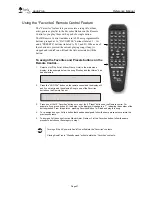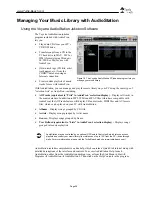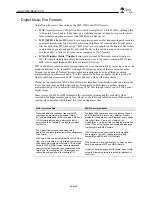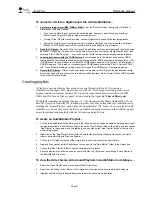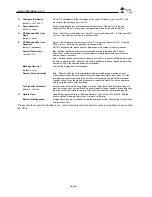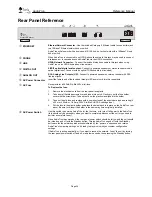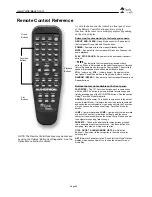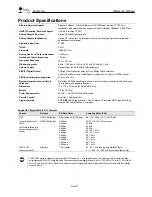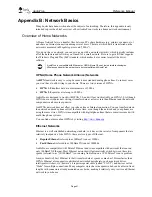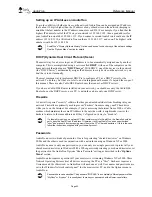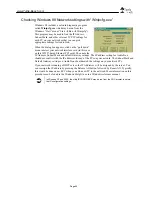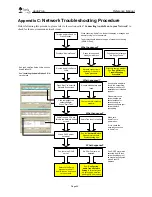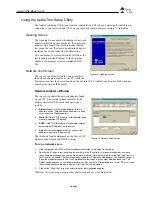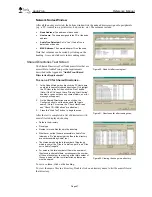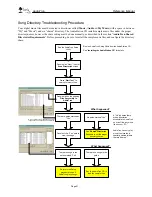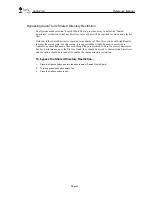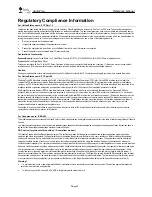
AudioTron
Reference Manual
Page 41
Appendix B: Network Basics
Many books have been written about the subject of networking. Therefore, this appendix is only
intended to provide a brief overview of how AudioTron works in a home network environment.
Overview of Home Networks
A Home Network lets you transfer files between PCs, share hardware (e.g. printers, scanners, etc.)
and share an Internet connection among several users. The rate at which data is transferred on the
network is measured in Megabits per second (“Mb/s”).
If you don’t have a network, you can set one up with a network starter kit, which typically includes
all of the hardware and software you’ll need for a small network. Be sure to get a kit that supports
the Windows Plug and Play (PnP) standard, which makes it a lot easier to install the driver
software.
Ü
AudioTron is compatible with Ethernet or HPNA (Home Phone Line) network technologies.
Wireless and power line networks are not compatible with AudioTron.
HPNA (Home Phone Network Alliance) Networks
An
HPNA
network is easy to set up because it uses standard analog phone lines. So in most cases
you won't have to add wiring to your home. There are two versions of HPNA:
•
HPNA 1.0
transfers data at a maximum rate of 1 Mb/s
•
HPNA 2.0
operates at rates up to 10 Mb/s.
AudioTron is designed to work with HPNA 2.0, and will not work reliably on HPNA 1.0. Although
HPNA does not require new wiring, it transfers data at a slower rate than Ethernet and the network
components can be more expensive.
An HPNA network does not affect your phone line or Internet connection. You can transfer data on
the network and make phone calls at the same time, even though the network and your phones are
using the same wires. HPNA is incompatible with digital phone lines that are sometimes used with
multi-line phone systems.
You can find out more about HPNA by visiting
http://www.hpna.org
.
Ethernet Networks
Ethernet is a well established networking standard, so it has a wide variety of components that are
relatively inexpensive. Like HPNA, there are two types of Ethernet:
•
Regular Ethernet
(referred to as 10BaseT) runs at 10Mb/s.
•
Fast Ethernet
(referred to as 100BaseTX) runs at 100Mb/s.
AudioTron is compatible with 10BaseT Ethernet and is incompatible with networks that can run
only 100BaseTX Ethernet. Most Ethernet networks will automatically switch between these two
speeds (referred to as “10/100BaseT”) so running AudioTron on a 10/100BaseT is not a problem.
A major benefit of Fast Ethernet is that it transfers data at speeds as much as 10 times faster than
HPNA. Ethernet also supports sophisticated networked peripherals, such as network drives,
intelligent switchers, etc., however, it requires special cable (called “CAT-5”) and devices called
“Hubs” for multiple connections. Many computer stores have inexpensive hubs and cables in fixed
lengths with connectors already mounted on each side, making it relatively easy to wire an Ethernet
network in your home.

